Canada Emergency Wage Subsidy (July 5, 2020 through October 23, 2021)
To support businesses facing challenges due to COVID-19 economic slowdown, businesses, non-profits and charities are eligible for subsidy to help cover the costs of the wages paid to their employees.
The deadline to apply for this subsidy is 180 days after the end of a claim period.
The Canada Emergency Wage Subsidy provides a rebate payment to help cover the costs of wages paid during COVID-19. The program consists of two parts — the 75% wage subsidy which was in effect May 15 through July 4, 2020, and a base wage subsidy and top-up program which is in effect starting July 5, 2020.
NEW – The wage subsidy will end October 23, 2021.
For more information and to apply for the Canada Emergency Wage Subsidy program please click here
This page provides information on the CEWS extension from July 5, 2020 through June 5, 2021 consisting of a base and top-up wage subsidy. For information on the original 75% wage subsidy from May 15, 2020 through July 4, 2020 please click here.
Eligibility:
-
Eligible employers include individuals, taxable corporations and trusts, partnerships consisting of eligible employers, non‑profit organizations and registered charities. Public institutions are generally not eligible for the subsidy.
- Eligibility also includes
- Partnerships that are up to 50-per-cent owned by non-eligible members
- Indigenous government-owned corporations that are carrying on a business, as well as partnerships where the partners are Indigenous governments and eligible employers;
- Registered Canadian Amateur Athletic Associations;
- Registered Journalism Organizations; and
- Non-public colleges and schools, including institutions that offer specialized services, such as arts schools, driving schools, language schools or flight schools.
- To be eligible you must have experienced a decline in your gross revenue when compared with pre-COVID times. (see below for comparisons).
- For periods 5 through 17, any decline in gross revenues makes you eligible
- NEW – For periods 18, 19 and 20, you must have greater than a 10% gross revenue decline
- The payroll that is eligible for be subsidized includes wages, salaries, commissions and other general remuneration of employees. There must be an employer-employee relationship. Therefore, payments to contractors are not eligible, nor are dividends paid to business owners.
Base Subsidy:
- A base wage subsidy is available to all eligible employers that are experiencing a decline in revenues, with the subsidy amount varying depending on the scale of revenue decline
- This base subsidy provides funding for up to 60% of a wage, up to a maximum of $677 per week, for businesses with at least a 50% decline in gross revenues. A smaller subsidy is available to businesses with less than a 50% decline in revenues.
- NEW – This base subsidy declines over time to 10% base subsidy by the final period:
-
Period Max Base Subsidy per employee 5) July 5 – August 1 60% / $677.40 per week 6) August 2 –August 29 60% / $677.40 per week 7) August 30 – September 26 50% / $564.50 per week 8) September 27 – October 24 40% / $451.60 per week 9) October 25 – November 21 40% / $451.60 per week 10) November 22 – December 19 40% / $451.60 per week 11) December 20 – January 16, 2021 40% / $451.60 per week 12) January 17, 2021 – February 13, 2021 40% / $451.60 per week 13) February 14, 2021 – March 13, 2021 40% / $451.60 per week 14) March 14, 2021 – April 10, 2021 40% / $451.60 per week 15) April 11, 2021 – May 8, 2021 40% / $451.60 per week 16) May 9, 2021 – June 5, 2021 40% / $451.60 per week 17) June 6 – July 3, 2021 40% / $451.60 per week 18) July 4 – July 31, 2021 35% / $395.15 per week 19) August 1 – August 28, 2021 25% / $282.25 per week 20) August 29 – September 25, 2021 25% / $282.25 per week 21) September 26 – October 23, 2021 10% / $112.9 per week
Revenue Comparisons
- All eligible employers can access this base wage subsidy if they experienced gross revenue declines in their 2020/2021 compared to the same period in 2019.
- Businesses can compare the current month year-over-year or the previous month year-over-year to determine their revenue declines, using whichever month is greater. For example, for the July 5 – August 1 period, businesses can use either July 2020 over July 2019 or June 2020 over June 2019
- For those companies for which a year-over-year comparison would not be advantageous, they have the option of comparing current month revenues instead to the average of their January and February 2020 revenues to show the revenue declines. Starting in period 5 (July 5 – August 1) applicants can choose which revenue comparison model to use, but then must stick with that through to the end of the program
- NEW – For periods 14 and onwards, the program has reached a point where it is over a year old. This would make year-over-year comparisons difficult as both years will have pandemic impacts. For these periods, applicants using the Jan/Feb 2020 average would continue to use that comparison. Applicants using the year over year approach would use 2019 numbers as follows:
March 14 – April 10, 2021 April 11 – May 8, 2021 May 9 – June 5, 2021 March 2021 over March 2019 or
February 2021 over February 2020April 2021 over April 2019 or
March 2021 over March 2019May 2021 over May 2019 or
April 2021 over April 2019June 6 – July 3, 2021 July 4 – July 31, 2021 August 1 – August 28, 2021 June 2021 over June 2019 or
May 2021 over May 2019July 2021 over July 2019 or
June 2021 over June 2019August 2021 over August
2019 or July 2021 over July
2019August 29 – September 25, 2021 September 26, – October 23, 2021 September 2021 over September
2019 or August 2021 over August 2019October 2021 over October
2019 or September 2021 over September 2019
Calculating Your Subsidy
- If you have a 50% revenue decline, you will receive the maximum base subsidy as noted above, but if you have less than 50% revenue decline, you can access a reduced subsidy amount. To determine your subsidy, you take you % of revenue decline and multiply it by the “multiplier” for that period. The multipliers are below.
- For example, if during the August 30 – September 26, 2020 period you have revenue declines of 20%, you would get a 20% wage subsidy. (20% declines x 1.0 multiplier) But, in the following period if you still have 20% declines, you would get only a 16% wage subsidy (20% declines x 0.8 multiplier).
Period Multiplier 5) July 5 – August 1, 2020 1.2 6) August 2 –August 29, 2020 1.2 7) August 30 – September 26, 2020 1.0 8) September 27 – October 24, 2020 0.8 9) October 25 – November 21, 2020 0.8 10) November 22 – December 19, 2020 0.8 11) December 20, 2020 – January 16, 2021 0.8 12) January 17, 2021 – February 13, 2021 0.8 13) February 14, 2021 – March 13, 2021 0.8 14) March 14, 2021 – April 10, 2021 0.8 15) April 11, 2021 – May 8, 2021 0.8 16) May 9, 2021 – June 5, 2021 0.8 17) June 6 – July 3, 2021 0.8 - NEW – Starting with period 18 on July 4, applicants must have at least 10% revenue declines to qualify. This means the calculations for the subsidy will change as you will deduct 10% from your revenue decline percentage before applying the multiplier or (Revenue Decline – 10%) x Multiplier
- Example: For Period 18 (July 4 – July 31, 2021) a business with a 30% decline in gross revenues would calculate their subsidy rate by subtracting 10% from their decline and then applying the applicable multiplier: (30% revenue decline – 10%) x 0.875 = 17.5% subsidy rate
Period: Multiplier: 18) July 4 – July 31, 2021 0.875 19) August 1 – August 28, 2021 0.625 20) August 29 – September 25, 2021 0.625 21) September 26 – October 23, 2021 0.25
- Example: For Period 18 (July 4 – July 31, 2021) a business with a 30% decline in gross revenues would calculate their subsidy rate by subtracting 10% from their decline and then applying the applicable multiplier: (30% revenue decline – 10%) x 0.875 = 17.5% subsidy rate
Top Up Subsidy
- Employers facing a revenue decline of 50% or more in a period will be eligible for a top-up to a higher wage subsidy.
- For the July 5 to September 26 periods, employers that have a 3-month average revenue drop of more than 50% would receive a top-up equal to 1.25 times the revenue drop over 50% cent, up to a maximum top-up rate of 25%. In other words, the top-up equals 1.25 x (3 month revenue drop – 50%). The comparison would be the most recent 3-month period in 2020 compared to the same 3-month period in 2019 (or compared to Jan-Feb 2020 average under the alternative option).
- For example, if a business has a 3-month average decline of 60% during the August 30-September 26 period, they would be eligible for a 62.5% wage subsidy. 1.25 x (60% declines – 50%) = 12.5% top-up, which gets added to the base wage subsidy rate
- For periods 8, 9 and 10 (September 27 to December 19), the base and top-up wage subsidies would be determined by the decline in revenues in the current or previous month, and no longer based on a 3 month rolling average. The top us is calculated as Base Subsidy% + [1.25 x (revenue drop – 50%)], up to a maximum 25% top up. For these periods, the top up kicks in at any revenue declines over 50% and maxes out at revenue declines of 70% which would generate a 65% wage subsidy.
- For example, a business with a 65% decline in October revenues would be eligible for a 56.25% wage subsidy: 40% + [ 1.25 x (65% – 50%) ]
- For periods 11 to 17 (December 20, 2020 to July 3, 2021), the top up is being increased to a maximum of 35% which would be reached, so the top-up calculation becomes: Base Subsidy + [ 1.75 x (current revenue drop % – 50%) ]
- NEW – For periods 18 through 21 (July 4, 2021 to October 23, 2021) the top up will be phased down to 25%, then 15%, then 10%.
- The top-up calculations then become:
- Period 18 Top Up = Base Subsidy + [ 1.25 x (current revenue drop % – 50%) ]
- Period 19 Top Up = Base Subsidy + [ 0.75 x (current revenue drop % – 50%) ]
- Period 20 Top Up = Base Subsidy + [ 0.75 x (current revenue drop % – 50%) ]
- Period 21 Top Up = Base Subsidy + [ 0.5 x (current revenue drop % – 50%) ]
- The top-up calculations then become:
Other Rules
- Safe Harbour Rule
- Because the new rules came out midway through the July 5 – August 1 period, there are rules that guarantee that a business is entitled to a wage subsidy rate NOT LOWER than what they would have gotten if the rules were in place from the original periods
- This means that in Periods 5 and 6, (July 5 – August 1 and August 2 – August 29) an eligible employer with a revenue decline of 30% or more would receive a wage subsidy of at least 75% in accordance to the old rules
- For Periods 8 through 10, an eligible employer would be entitled to a top-up wage subsidy rate not lower than the rate that it would be entitled to if its entitlement were calculated under the three month revenue-decline test,
- Deeming Rule
- For Period 5 (July 5 – August 1) and all subsequent periods, an eligible employer can choose to use either the revenue declines of the current period, or those of the previous period for the purpose of determining its qualification for the base wage subsidy
- This essentially means there is an automatic qualification at the same revenue decline level for two periods in a row. It also means that you would get one last month of CEWS support even if your revenues show no decline in the current month as long as your previous month did have a revenue decline
How to Apply and Get the Subsidy
- Organizations will need to apply directly to get the subsidy through the Canada Revenue Agency here
- The subsidy will work like a rebate, with each application covering the wages paid during a specified reporting period. Applications open only after a period has concluded.






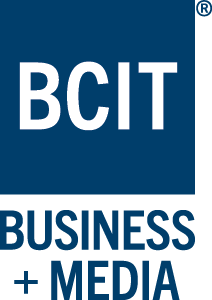


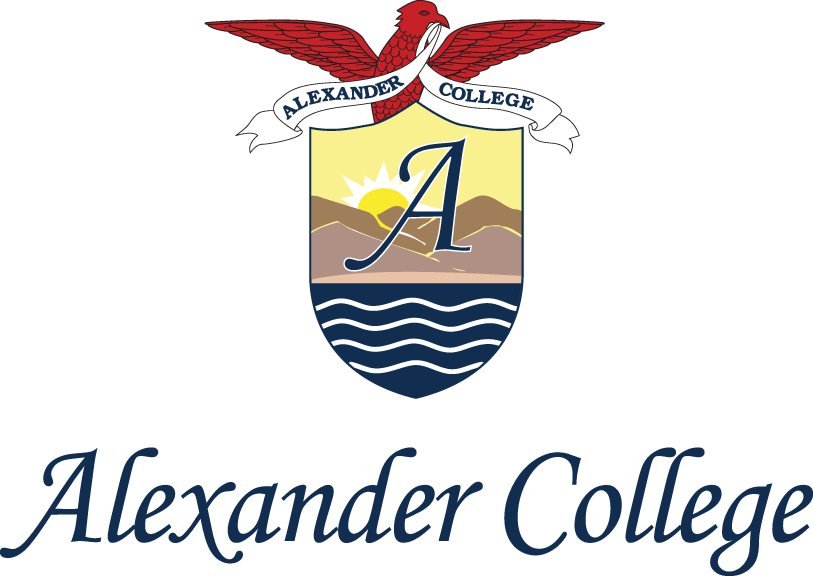


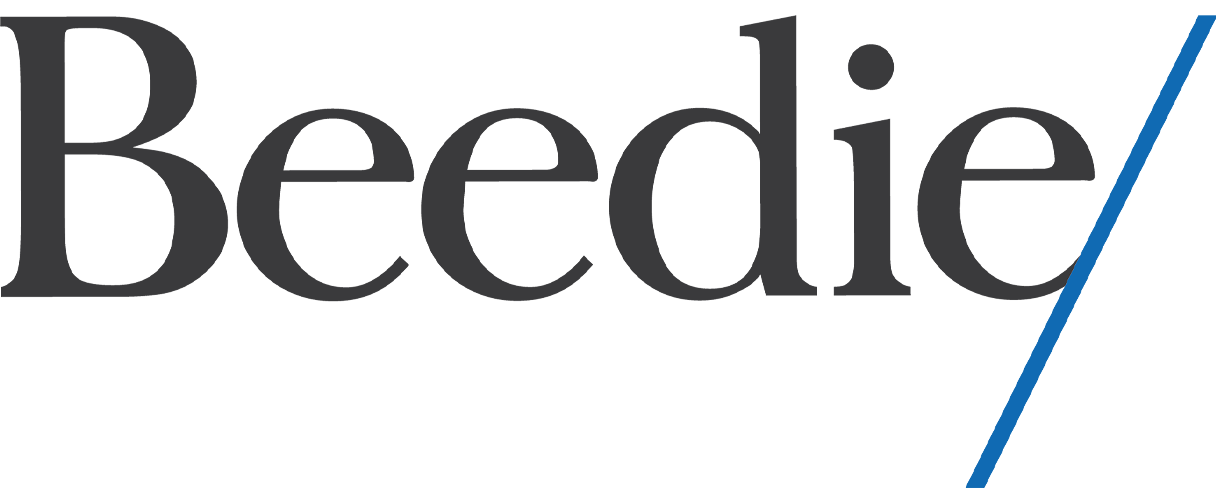

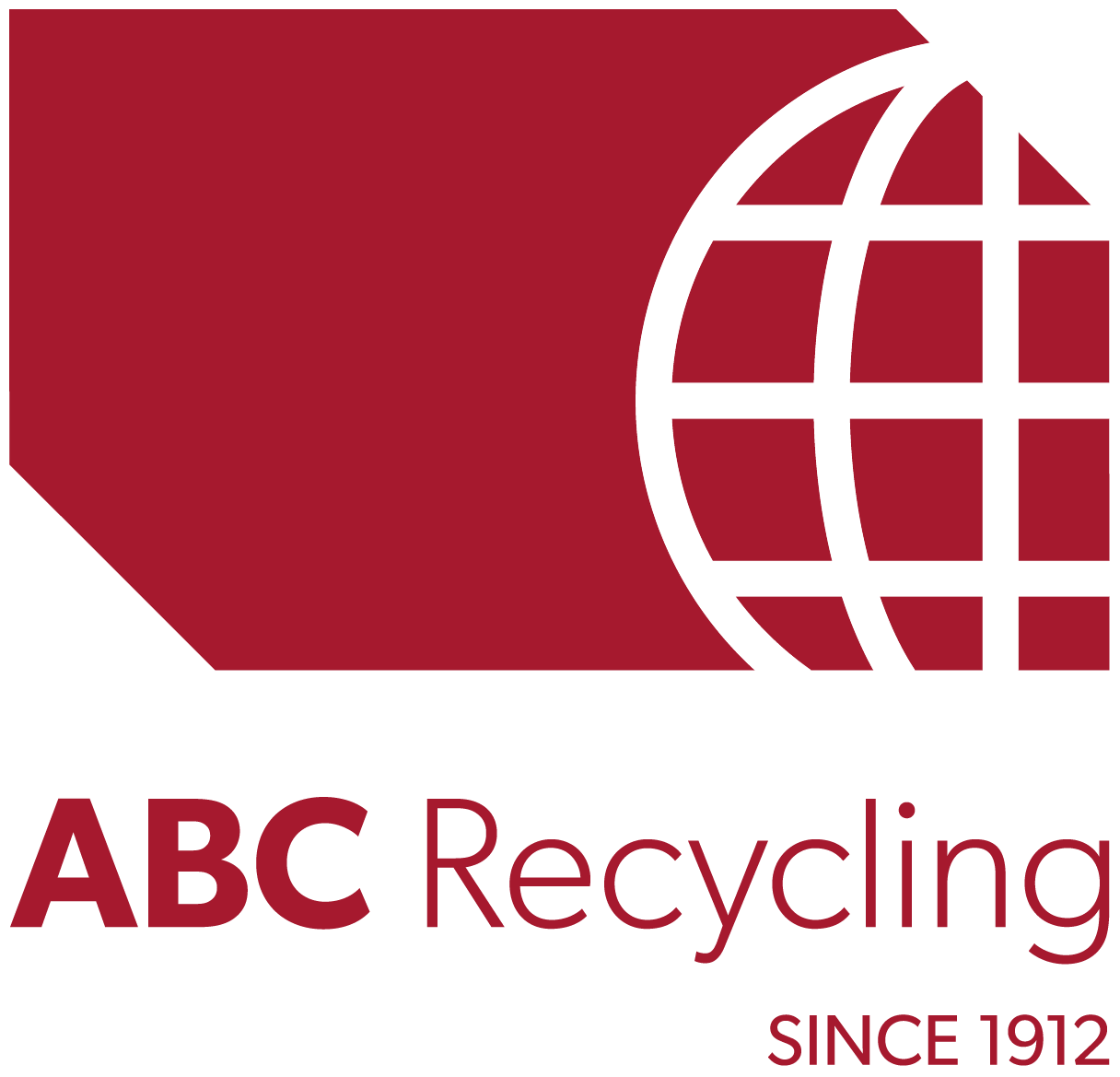

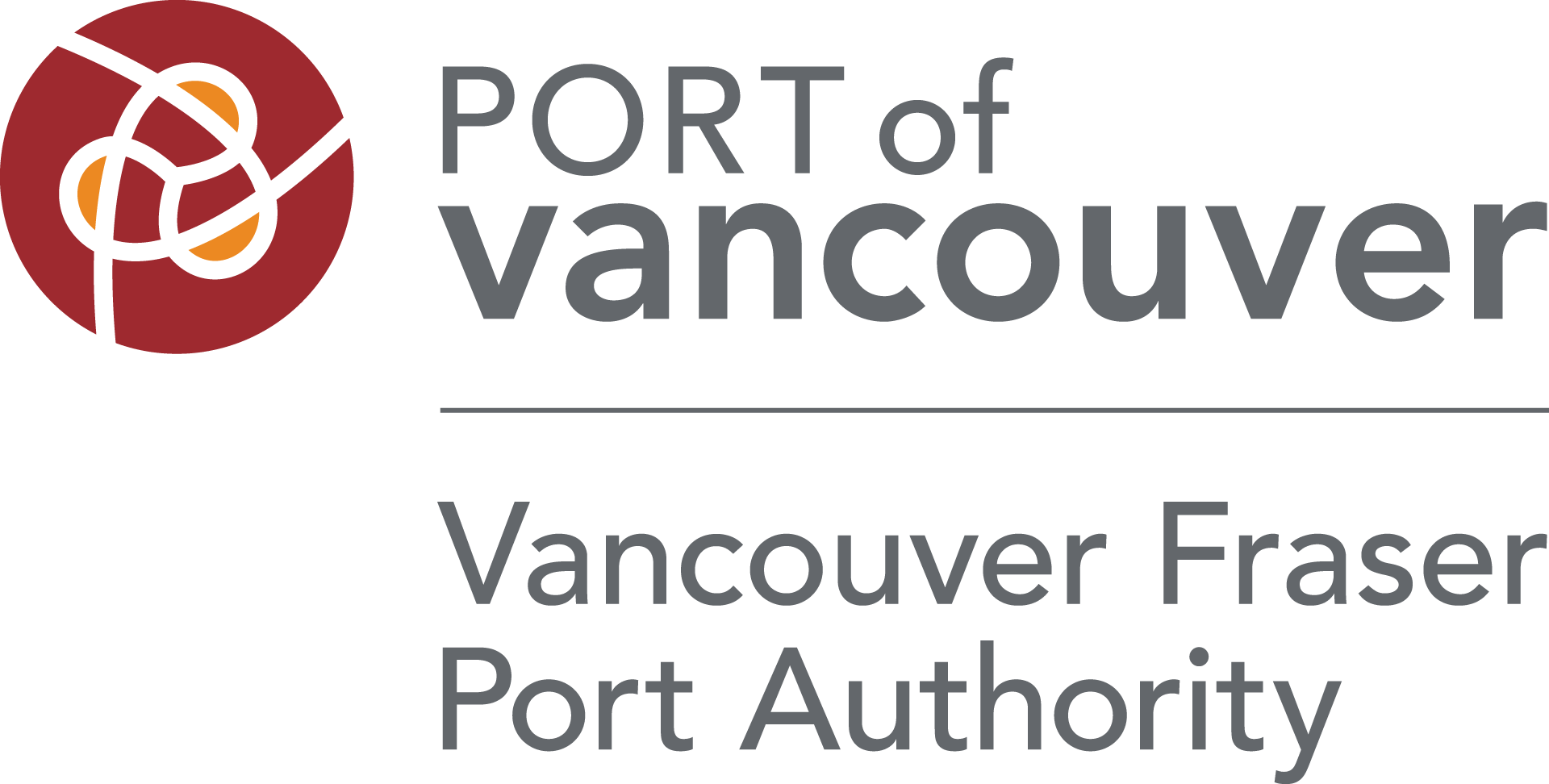

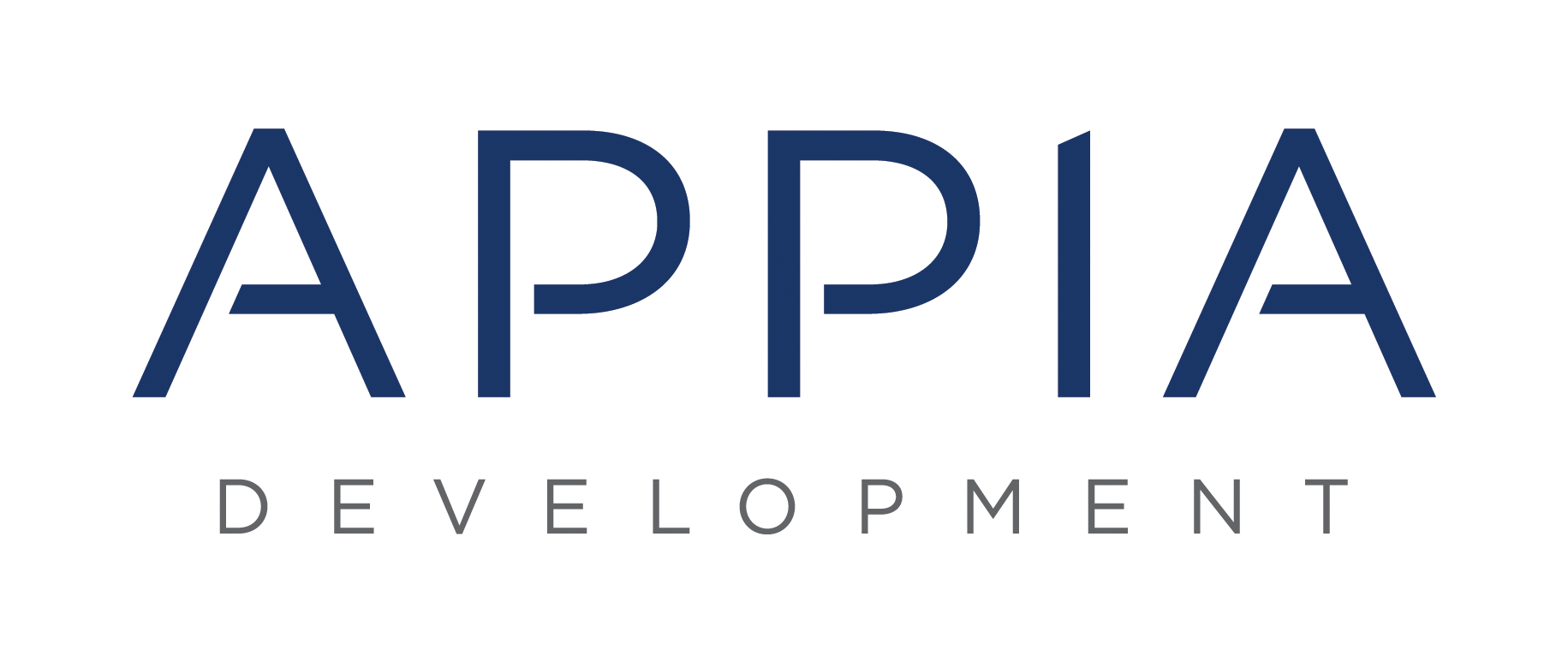
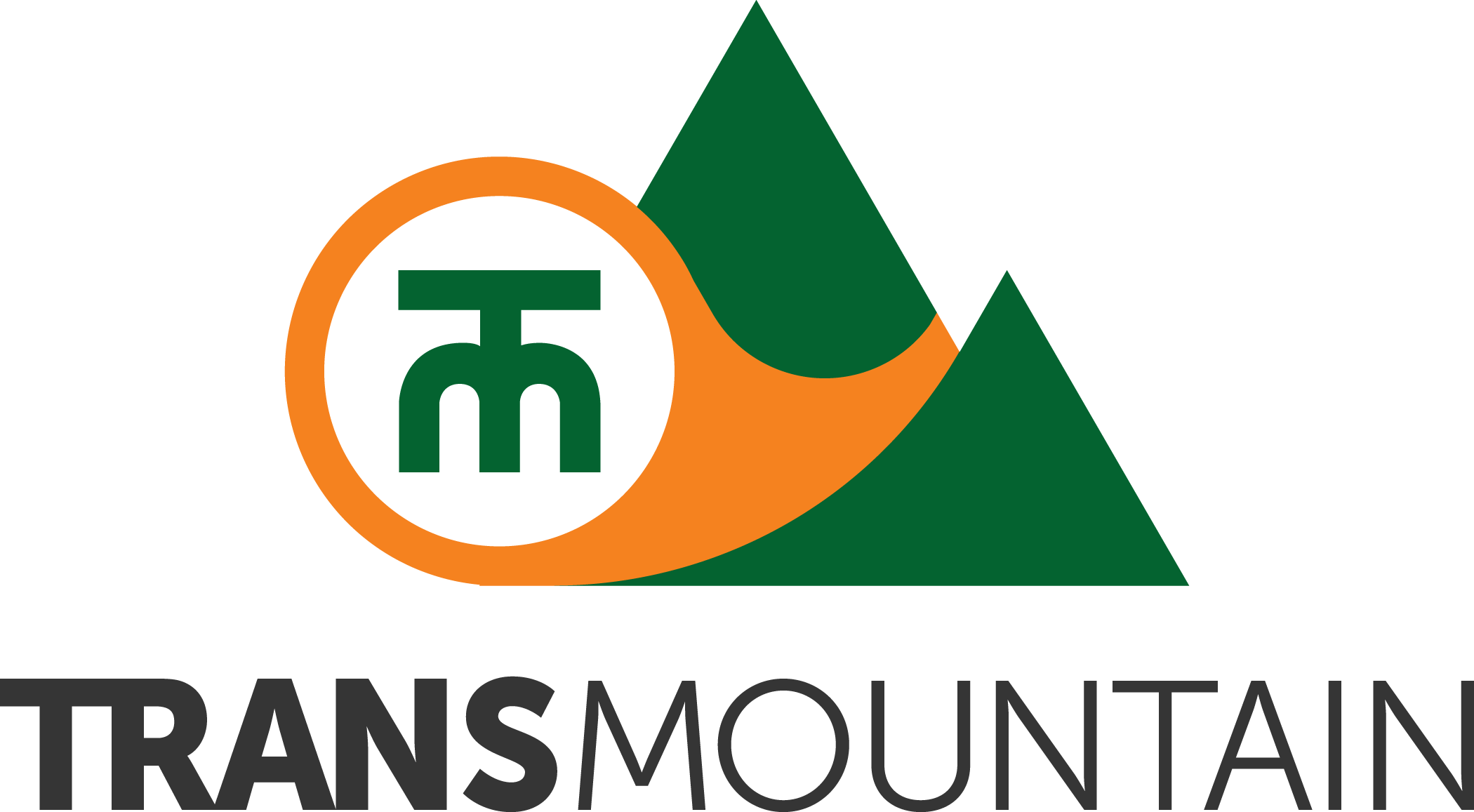

connect with us